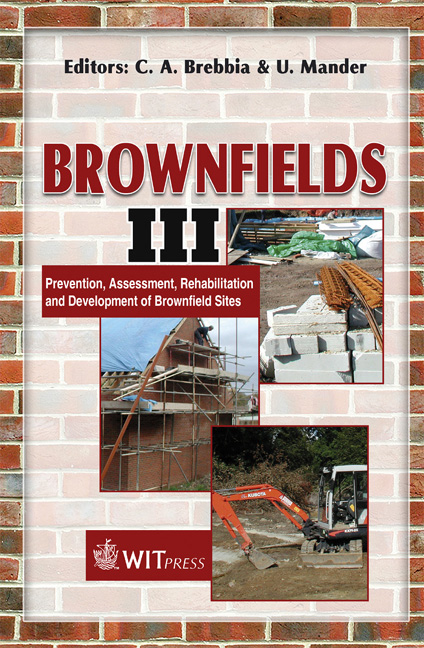Comparing Metal Uptake By Vegetation Under Different Experimental Conditions
Price
Free (open access)
Transaction
Volume
94
Pages
10
Published
2006
Size
455 kb
Paper DOI
10.2495/BF060081
Copyright
WIT Press
Author(s)
D. Sinnett, R. van Herwijnen, C. Kilbride & T. R. Hutchings
Abstract
Modern planning policies recognise that the provision of green space such as parkland and community woodland offer multifunctional environmental and social benefits which can contribute strongly to the sustainability of towns and cities. A challenge to such development is that the soils of many former industrial sites often contain elevated concentrations of contaminants including potentially toxic elements, for example metals. The bioavailability of metals can be reduced in the contaminated soil prior to greenspace establishment, thus reducing their risk to ecosystems and human health. For the establishment of a safe greenspace in the perspective of the contaminant receptor pathway linkage an understanding of the uptake, compartmentation and toxicological effects of these contaminants to vegetation is important. We have collated data from hydroponic and contaminated soil pot trials and from field trials on contaminated sites. The data have been used to produce correlations between heavy metal availability, plant uptake and compartmentation of the heavy metals for poplar Fritzi Pauley. From the correlations, models for plant uptake are provided with an assessment on the impact of improved soil conditions and consequent improved plant performance and the metal uptake by these plants. This information may be used to assess the risk for receptors after potential greenspace establishment on heavy metal contaminated soil. Keywords: Cd, Zn, poplar, metal compartmentation, plant uptake.
Keywords
Cd, Zn, poplar, metal compartmentation, plant uptake.




